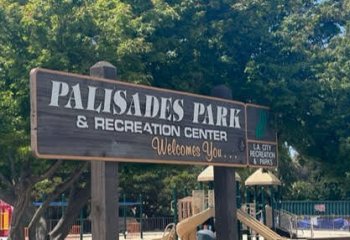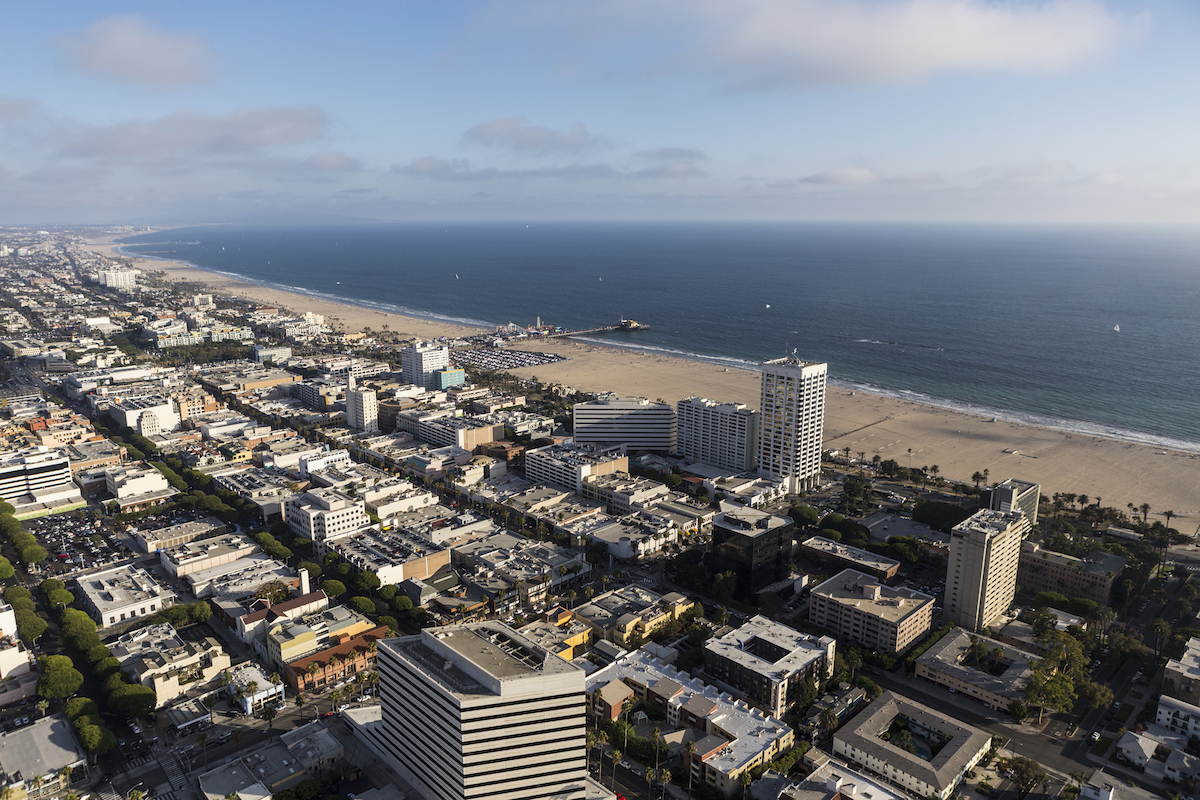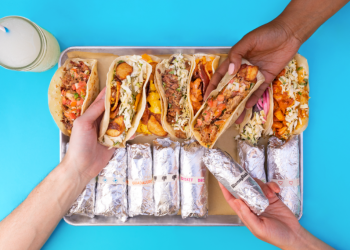On resilience, just 87.6% of DoorDash-listed restaurants in Los Angeles remained active a year later — the lowest rate among the 100 cities studied and far below the 93.2% national figure
Los Angeles offers some of the nation’s more affordable fast-food meals amid stabilizing prices, but the city’s local restaurants face higher closure risks and lower business optimism compared to many U.S. peers, according to DoorDash’s inaugural State of Local Commerce report.
The report, based on millions of transactions across 100 major cities, shows the average cost of a cheeseburger, soda and fries meal in Los Angeles at $17.90 as of September — below the $18.58 national average and well under high-cost outliers like Anchorage, Alaska ($25.55). Among the most affordable cities, Los Angeles trails only spots like Lincoln, Nebraska ($10.75), Milwaukee ($11.36) and Detroit ($12.90), but it outperforms coastal rivals such as San Francisco and New York, where meals often exceed $20.
Restaurant prices in Los Angeles rose 3.2% year-over-year through September, matching the U.S. average but lagging behind slower-growth cities like Reno, Nevada (1.9%) and Madison, Wisconsin (2.1%). Wage growth, however, has not kept pace locally: Los Angeles posted the nation’s lowest differential at -4.9%, meaning median pay increases trailed restaurant inflation, unlike in top performers such as Port St. Lucie, Florida (+6.1%) and Madison (+4.1%).
On resilience, just 87.6% of DoorDash-listed restaurants in Los Angeles remained active a year later — the lowest rate among the 100 cities studied and far below the 93.2% national figure. California peers Anaheim (95.7%) and Santa Ana (94.6%) ranked in the top 10, highlighting stronger stability in Orange County over Los Angeles County. New restaurant openings on the platform also slowed in Los Angeles, with a joining rate of 11.2% — about two-thirds the 18.6% U.S. average and the lowest nationally, compared to leaders like Laredo, Texas (28.5%).
Business sentiment in Los Angeles hit a low of 50 on the U.S. Census Bureau’s index, versus the 56.9 national average and highs in St. Louis (60.5). Return-to-office lunch orders showed modest gains, up 2.5% year-over-year in line with the country but trailing San Francisco’s robust 15.7% rebound.












